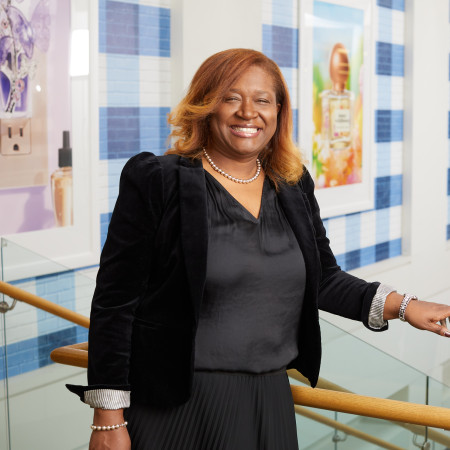Fragrance has the potential to evoke special memories and create new ones. It can unite people over a common bond.
That’s why at Bath & Body Works, through the power of fragrance, we strive to infuse our belief that diversity, equity and inclusion make us stronger into our inclusive culture, equitable business processes and support of diverse communities.
We embrace all diversity including race, ethnicity, gender, age, religion, sexual orientation, disability and veteran status and strive to ensure everyone is included and has equitable access and opportunity.
We believe a culture where everyone feels a sense of belonging, has a chance to be heard and is valued and treated with respect makes us a smarter, stronger brand.
We understand that to truly live one of our four core values, “Diversity, Equity, and Inclusion Make Us Stronger,” we must be thoughtful and build a sustainable approach with specific objectives, measurable outcomes and clear expectations for our leaders and associates.


